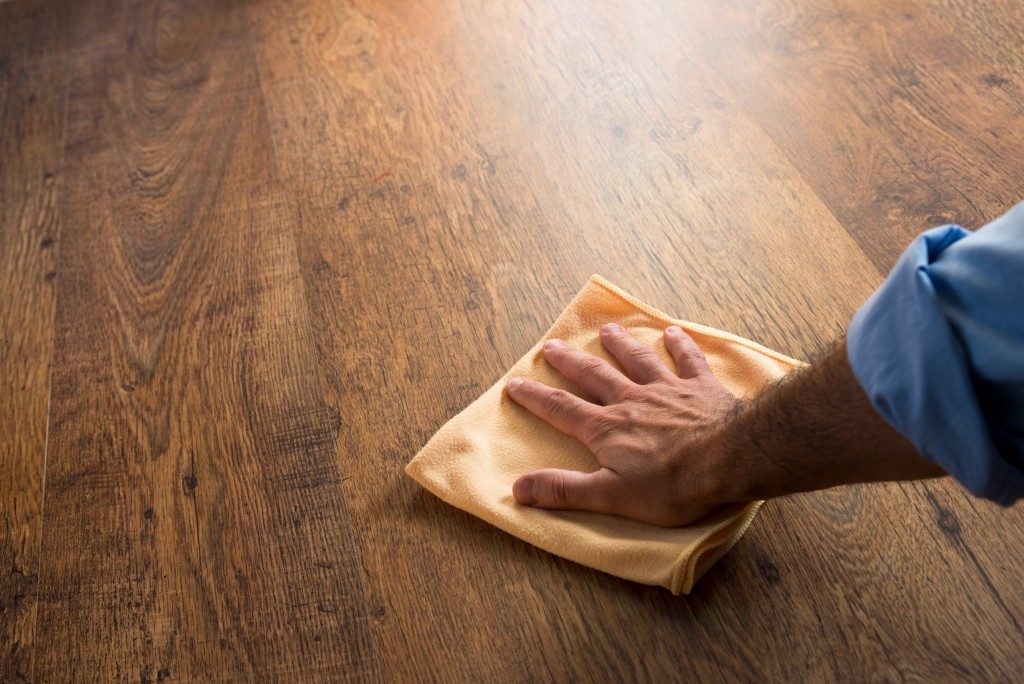Nothing will be as big a turnoff in commercial and residential properties as dirt. Though you might try as much as possible to minimize the dirt in your interiors, you cannot eliminate it entirely. You can get barely much cleaning done without the right cleaning supplies, and your efforts might be frustrating. A cleaning cloth is an essential part of your supplies. Even so, not all types of fabric will suffice for your task.
Your best choice is a microfiber disposable cleaning cloth or towel. Microfiber is a fine synthetic textile with strands that are less than one denier thick. It is a combination of polypropylene, nylon, and polyester. The nylon or polyamide in microfiber increases its absorption and density while the polyester adds structure to the cloth. Microfiber attracts dirt, can be used in even small spaces and is lint-free, durable, lightweight, cost-efficient, and wrinkle-free.
With the realization of its benefits, the market is now unfortunately flooded with low-quality microfiber cloths. Here are guidelines on how to pick the elements that differentiate high-quality microfiber cloths.
Density
Microfiber cloth is generally rated in grams per square meter (GSM). This measures the density of the cloth, unlike the denier that measures individual strands. A high GSM rating generally means a dense and plush towel or cleaning cloth. Microfiber towels with a GSM rating of 200-350 suffice for cleaning surfaces like hard plastic, leather, and glass that is not prone to scratches. Towels with GSM ratings of 600-750 can be used to clean delicate surfaces like those made of clear plastic and soft automotive paint. Though heavy cloths will generally cost more, they will last longer compared to those with low GSM ratings.
Blend

This encompasses the ratio of different constituents of your cloth and is denoted as a fraction. The first number in the fraction refers to the portion of polyester, while the second one is that of polyamide. Polyester is cheaper to produce compared to polyamide. As such, most low-quality cloths will have 100% polyester. Remember that polyester only boosts the structure of microfiber cloth and will thus not contribute much to your cleaning. The ideal blend for quality microfiber cloths is 80/20 or 70/30.
Split
A high split per fiber for your microfiber cloth generally means more absorption. The ideal choice for cleaning cloth is approximately 16 splits per fiber. Even so, few manufacturers indicate their cloth’s split. You can test it by rubbing the cloth against your skin. If it grabs at it instead of leaving a soft feeling, this cloth has a low split.
Edge
The ideal edge for your cleaning cloth is a soft one. This is one that is rolled, covered in thread and cloth, or clean cut. Microfiber cleaning cloths with hard threads and rough edges might scratch delicate surfaces.
After getting a microfiber cleaning cloth that meets the above specifications, caring for it is important. Wash new cloths to get rid of loose fibers from a manufacturer. After using them for cleaning, wash them separately from your regular clothing. This is because lint and foreign objects from other clothing might contaminate the microfiber towel.

